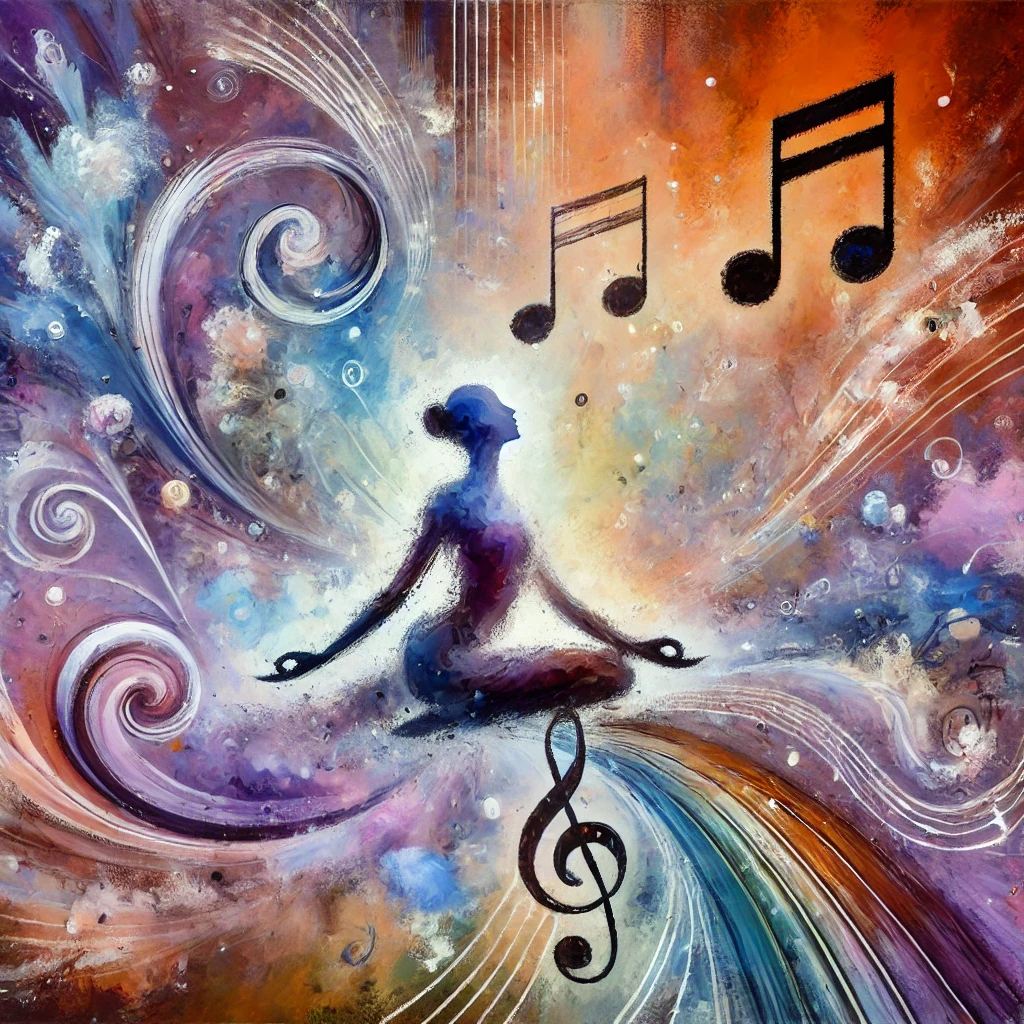The Symbiotic Relationship Between Yoga and Art: Why Every Artist Should Embrace the Practice
In a world that often feels chaotic and fast-paced, the pursuit of creativity and self-expression can sometimes feel overwhelming. Artists, in particular, are no strangers to the ebb and flow of inspiration, the struggle with self-doubt, and the need to constantly tap into their inner well of imagination. What if there was a practice that could not only enhance creativity but also bring a sense of balance, clarity, and emotional depth to an artist’s life? Enter yoga—a centuries-old discipline that, when paired with art, creates a powerful synergy capable of transforming both the artist and their work.
The Connection Between Yoga and Art
At first glance, yoga and art may seem like two entirely separate realms. Yoga is often associated with physical postures, breath control, and meditation, while art is seen as a creative outlet for self-expression. However, when we delve deeper, we find that these two practices share a profound connection rooted in mindfulness, presence, and the exploration of the self.
- Mindfulness and Presence
Both yoga and art require a deep sense of presence. In yoga, practitioners are encouraged to focus on their breath, their body, and the present moment. This mindfulness allows them to quiet the mind and connect with their inner selves. Similarly, artists often describe being “in the zone” when creating—a state of flow where time seems to stand still, and the act of creation becomes almost meditative. By practicing yoga, artists can cultivate this sense of presence more intentionally, allowing them to access deeper layers of creativity. - Emotional Release and Expression
Yoga is not just a physical practice; it is also a powerful tool for emotional release. Through various poses and breathing techniques, practitioners can release stored tension and emotions, creating space for clarity and peace. For artists, this emotional release can be transformative. By letting go of mental and emotional blockages, they can tap into a more authentic and uninhibited form of expression, resulting in art that is raw, honest, and deeply moving. - The Body as a Canvas
In yoga, the body is seen as a vessel for energy and creativity. Each pose is a form of self-expression, a way to explore the limits of the body and mind. Similarly, artists use their bodies to create—whether it’s through the stroke of a brush, the movement of a dancer, or the shaping of clay. By practicing yoga, artists can develop a deeper connection to their bodies, enhancing their ability to express themselves physically and emotionally through their art. - The Role of Intuition
Both yoga and art rely heavily on intuition. In yoga, practitioners are encouraged to listen to their bodies and move in ways that feel natural and nourishing. This intuitive approach fosters a sense of trust in oneself. For artists, intuition is often the guiding force behind their work. By incorporating yoga into their routine, artists can strengthen their connection to their inner voice, allowing them to create from a place of authenticity and trust.
Why Artists Should Begin a Yoga Practice
For artists seeking to deepen their creative practice, yoga offers a wealth of benefits. Here are just a few reasons why every artist should consider rolling out a mat:
- Enhanced Creativity
Yoga’s ability to quiet the mind and foster presence can help artists break through creative blocks. By creating mental space, yoga allows new ideas to flow more freely, leading to innovative and inspired work. - Improved Focus and Discipline
The practice of yoga requires dedication and consistency—qualities that are equally important in the artistic process. By committing to a regular yoga practice, artists can develop the focus and discipline needed to see their creative projects through to completion. - Emotional Resilience
The life of an artist is often filled with highs and lows, from the thrill of inspiration to the frustration of creative blocks. Yoga teaches practitioners how to navigate these emotional fluctuations with grace and equanimity, helping artists build resilience and maintain a sense of balance. - A Deeper Connection to Self
At its core, yoga is a journey of self-discovery. By exploring their inner landscape, artists can gain a deeper understanding of themselves and their unique creative voice. This self-awareness can lead to more meaningful and impactful art. - Physical Benefits
The physical benefits of yoga—increased flexibility, strength, and posture—can also enhance an artist’s ability to create. Whether it’s maintaining the stamina to paint for hours or preventing the physical strain of repetitive motions, yoga can help artists stay healthy and energized.
How to Get Started
For artists curious about integrating yoga into their lives, the journey can begin with just a few simple steps:
- Start Small: Begin with a few minutes of yoga each day, focusing on gentle stretches and breathwork.
- Explore Different Styles: From restorative yoga to more dynamic practices like Vinyasa, there’s a style of yoga to suit every artist’s needs.
- Create a Sacred Space: Designate a quiet, inspiring space for your yoga practice, just as you would for your art.
- Combine Yoga and Art: Try incorporating yoga into your creative process. For example, practice a few poses before picking up your brush or pen to help clear your mind and open your heart.
Conclusion
The connection between yoga and art is a testament to the power of mindfulness, presence, and self-expression. By embracing yoga, artists can unlock new levels of creativity, emotional depth, and self-awareness, enriching both their lives and their work. In a world that often demands so much of us, yoga offers a sanctuary—a space to reconnect with ourselves and our creative essence. For artists seeking to elevate their craft, the journey begins on the mat.

